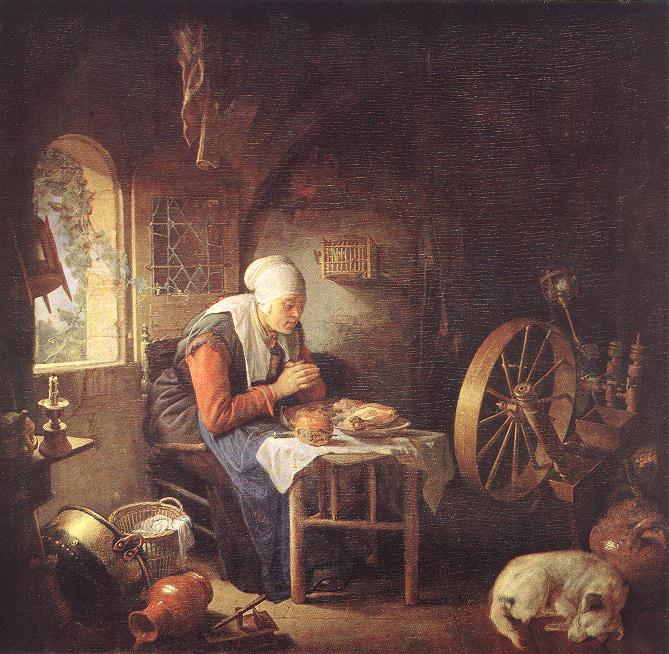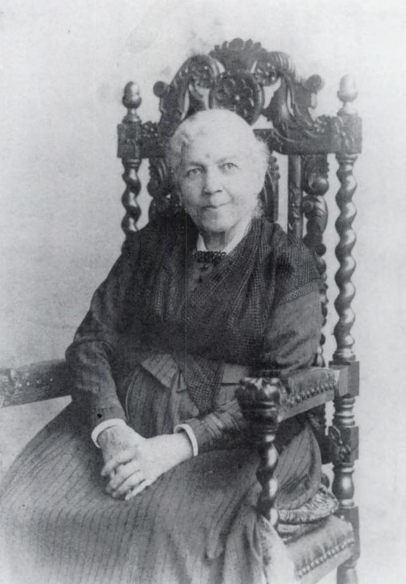Hi, all! I’m so sorry I can’t join you today. I wanted to tell you how impressed I was with your blog posts (and to argue about whether we live in an enlightened age). I was also so excited to convince you to like Pope! I’m still going to try to do that a bit here, and I also want to get you to start thinking about some of the skills we’ll be using all semester—especially the close analysis of literature. Your handout on how to read literature (on this blog if you’ve lost yours) got you started on that, I hope, but I want in this post to point out some specific aspects of Pope’s poem that are particularly analyzable.
Though both are examples of Enlightenment philosophy, we might think of Pope as offering quite a different take from Kant’s. If Kant started with the motto “Sapere aude!” (“Dare to know!”), Pope wants us to consider instead something we might call epistemological humility (epistemology = the study of knowledge; humility = modesty about one’s own position or ability). In other words, Pope thinks we can’t know everything—certainly not everything about the universe and how it operates (“‘Tis but a part we see and not the whole” [60])—and he suggests that our understanding of the limits of our own knowledge should influence our philosophy.
Pope defended his decision to write his philosophy of man and the universe in verse instead of prose by arguing that verse can be both more forceful and more concise (see the very useful headnote to the poem in your reading for details). We know that Pope thought very carefully about his technical choices. Just look at this page from his manuscript to another part of “Essay on Man.”

This manuscript is housed at the Morgan Library, just up the street from Baruch. You can even go visit it!
So, to read Pope well, we have to think not just about what he says but about how he says it. I’ll walk you through a few examples from the opening of the poem before encouraging you to find some examples yourselves. Here are my annotations to the first few lines (you should be able to click and then zoom to see them a bit larger). I show you these not because they’re the only way to engage with the poem! But rather, to show you an example. I want you to see some of the tiny observations that grow into my larger thoughts about the poem.


Pope starts the poem by addressing someone directly, his friend St. John Bolingbroke. The literary term for this is apostrophe. He says “Awake, my St. John!” (1). We can read this a couple of ways: maybe St. John is literally asleep (has Pope been rattling on about philosophy for too long?) or maybe the “awakening” is more metaphorical (like Kant’s comparison of enlightenment to growing up or maturing). The fact that the poem is addressed to an individual seems significant either way: even though Pope is writing this poem himself, he suggests that the work of philosophical enquiry should be collaborative (“Let us…” [3, and repeated]). And maybe this task isn’t just for Pope and his friend (though we know—see the footnote—that they’d planned on writing companion pieces together); maybe it’s for us, too. So the form (Pope’s use of apostrophe) helps us see something we may have overlooked about the content (in this case, the idea that, for Pope, philosophy should be a shared project).
Now, let’s think about the extended metaphor of the first stanza of the poem (the first chunk before a space). What Pope calls the “scene of Man” (5) is likened to a natural landscape of some sort (though the exact nature of that landscape shifts: is it a “maze”? a “Wild”? a “Garden”? a “field”?). If you’re a city kid, you may not catch the full metaphor at first, but if we read carefully, we can see that Pope is comparing himself and Bolingbroke (and maybe us too?) to hunters, walking through a field or forest and beating at the bushes to encourage prey or game to fly out. (Hunting was a common past-time for well-off Englishmen at the time Pope is writing.) Go back and read the stanza with this in mind. So, philosophers are hunters, but the game aren’t pheasants or deer but more abstract targets like “Folly” and “Manners” (13, 14). What might the use of this metaphor tell us? What connotations does it have? Now, we’d have to think about it alongside the rest of the poem, but it seems fair to say that hunting is both a rather aggressive or violent activity but also (for those who enjoy it) a hobby, something amusing. We start to get a sense of Pope’s attitude toward philosophy by thinking about the particular metaphor he chooses.
Finally, take Pope’s use of heroic couplets. These are pairs of rhyming lines, written in iambic pentameter (that is, with ten syllables each, in the meter ba-DUM, ba-DUM, ba-DUM, ba-DUM, ba-DUM) and usually closed rather than open (in other words, formed so that each line ends with some kind of closing punctuation, like a comma or period). Once you know that this is the form Pope uses, it’s impossible not to see it. But why does it matter? Well, take a look at some of the couplets in this first stanza. One thing to note is that Pope frequently uses the couplet form to bring together opposites. For example:
Together let us beat this ample field,
Try what the open, what the covert [hidden] yield;
The latent [hidden] tracts, the giddy heights explore
Of all who blindly creep, or sightless soar; (9-12)
Even on a first read, we can see some oppositions: things that are in plain sight vs. things which have to be uncovered; creatures that crawl vs. creatures that fly. Once you start looking, you’ll see these oppositions all over Pope’s poem, especially (as in these examples) in paired clauses within a single line. And there’s even more structure built in. Look at the last two lines I’ve quoted here: the clauses line up in the couplet (that is, the things that “creep” are found in the “latent tracts,” the things that “soar” in the “giddy heights”). Again, we’d want to keep reading to decide what Pope’s doing here—is he bringing opposites together to reconcile them? Or is he holding them apart? And yet, we can already see that the form of the poem (in this case, these highly structured couplets) reinforces Pope’s content (his idea that the universe, like his poem, is “not without a plan” [6]).
I hope these observations have gotten you thinking. For today’s (Monday’s) class, first, I’m going to ask you to consult with a partner (or two) about the things you annotated as you read the poem for class. Compare the things you noticed: are there patterns you both observed? do you see stark differences in how you understood the poem? did your partner look up things that had also puzzled you? Do you see anything new now that you’ve read my post?
Second, please leave a comment to this post with your observations about both the form and content of a *single* heroic couplet (that is, two lines) of Pope’s “Essay on Man.” How do you see the form and content working together? or in tension? This comment needn’t be as long as a blog post (certainly not as long as this one!), but it should be long enough to explain your thoughts coherently. Make sure to be clear about which lines you’re discussing, either by quoting them fully or by citing the line numbers.
You can look forward to the next blog post assignment (on haiku) this evening. Sorry again to miss your company!












